25 books that correctly predicted the future
Categories: Technology
By Pictolic https://pictolic.com/article/25-books-that-correctly-predicted-the-future.htmlIn 1920, the famous American writer Ray Douglas Bradbury was born. He is often referred to as a science fiction writer and is considered the founder of many traditions of the genre. However, in fact, Bradbury's work covers not only the genre of fiction. Nevertheless, in many of his works, he actually predicted the future and how we live now.
A person is naturally curious and loves various kinds of predictions, especially if they are optimistic. And not only psychics, mediums and fortune-tellers are able to look into the future and anticipate events. This ability is also possessed by many writers, whose books often describe things unknown in their time. Here are 25 books in which bold and, most importantly, correct guesses about future technologies and events are put forward.


25. Mars has two natural satellites
Such a surprisingly accurate guess can be found on the pages of the book "Gulliver's Travels, written by Jonathan Swift in 1735. Only 142 years later, in 1872, the satellites of the Red Planet-Phobos and Deimos — were discovered by astronomers.

24. Solar sails
In 1865, in the science fiction novel "From the Earth to the Moon", Jules Verne put forward the idea of solar sails. This bold guess was realized 145 years later, when the first solar sail (IKAROS) was used.
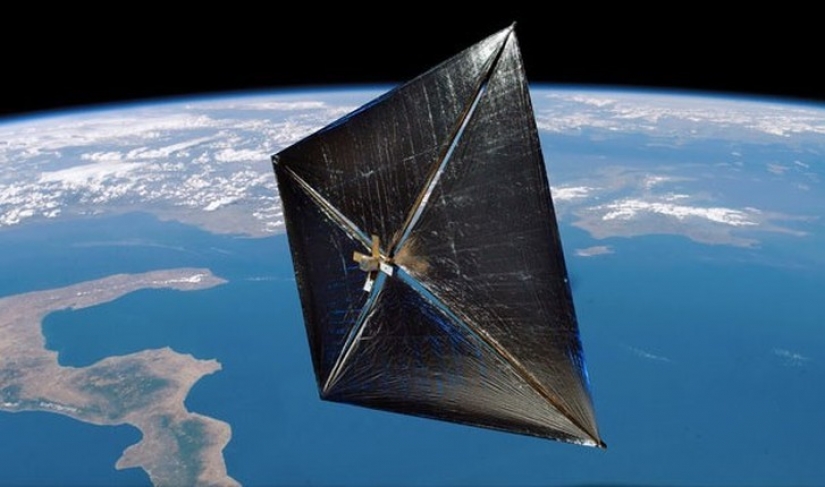
23. Electric submarine
In the book "20,000 leagues under the sea" (1870), the same Verne is still an amazing submarine "Nautilus" works on electricity. Real submarines with an electric motor appeared 90 years later — in the 60s of the twentieth century.

22. Credit cards
Edward Bellamy predicted the appearance of credit cards in his fantastic work "A Look Back" 62 years before their invention, which occurred in 1962.

21. Aerial advertising
And again we return to Jules Verne. Rich imagination suggested to the writer the idea of air advertising, when the inscription is drawn by an airplane in the air through a smoke trail. The guess was expressed in a story written in 1889. It was realized quite soon — in 1915 at the airshow in San Francisco.

20. Automatic sliding doors
Another great science fiction writer, H. G. Wells, predicted the appearance of automatic sliding doors in the novel "When the Sleeper wakes up" (1899). This type of door was invented 60 years later.

19. Tanks
A few years later, Wells wrote a short story "Land Battleships" (1903), in which he described tanks. 13 years later, these combat vehicles appeared on the battlefields of the First World War…

18. Lie Detector
In fiction, the first mention of a lie detector can be found in the work of E. Ballmer and V. Mchagen "Luther Trent" (The Achievements of Luther Trant, 1910). The first use of a real polygraph occurred in 1924.

17. Solar energy
In 1911, Hugo Gernsback began publishing his novel "Ralph 124C 41+" (in the list of books with the strangest names, this work can also take a worthy place) in the magazine Modern Electrics. One of the technical predictions concerned the use of solar energy for the benefit of mankind. 67 years have passed — and in 1978 the first calculators appeared, which were recharged with the energy of our luminary.

16. The atomic bomb
One of the darkest predictions made by H. G. Wells, and which, unfortunately, has become a reality, is the invention of the atomic bomb and nuclear war, described in the book "The Liberated World" (1914). A little more than three decades have passed, and atomic bombs fell on Japanese cities. By the way, in the same novel, an English science fiction writer also told about cheap atomic energy.

15. Voice mail
It took a little more time — about 57 years — to implement Wells ' prediction about the use of voice mail (the novel "People like Gods"). This technical innovation became widespread after 1980.

14. Artificial insemination
J. B. S. Haldane became famous as a brilliant popularizer of science and a prominent scientist. In one of his books, "Daedalus, or Science and the Future" (1924), along with other interesting guesses, he expressed the idea of artificial insemination. For the first time, a successful "conception in vitro" was carried out after more than five decades, in 1973.

13. Genetic engineering
In his famous dystopia "Brave New World", Aldous Huxley gave a vivid description of genetic engineering. Today's science has not yet reached the level described in the book, although the first genetic manipulations began in 1972.

12. Total control
A very impressive picture of the total control of the state over its citizens was drawn by George Orwell in his book "1984", written in 1948. And in 2013, a scandal broke out related to the espionage activities of the NSA, which listened to the phones of many American and foreign citizens.

11. Headphones of the "drops"type
A description of this type of miniature headphones can be read on the pages of Ray Bradbury's novel "Fahrenheit 451", published in 1950. Music lovers had to wait a little more than half a century until Apple released the first headphones of this type on the market.

10. Communication satellites
In the 2001 Space Odyssey (1951), the American science fiction writer Arthur C. Clarke predicted the appearance of artificial communication satellites in Earth's orbit. We didn't have to wait long — the first such satellite was launched in 1965.

9. Virtual Reality
Five years later, Clark wrote "The City and the Stars", which mentions video games in virtual reality. In 1966, that is, only 10 years later, the first flight simulator was developed, which brought to life this guess of a brilliant science fiction writer.
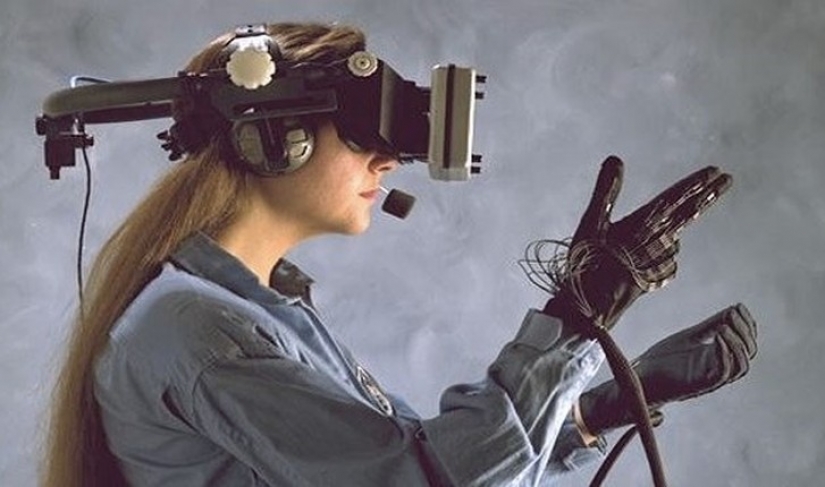
8. Water beds
Another famous science fiction writer, Robert Heinlein, also distinguished himself in the field of predictions. The 1961 book "A Stranger in a Strange Country" describes water beds, and the first patent for them was issued in 1971.

7. Space tourism
The idea of space travel for tourist purposes was expressed by the same Clark in the novel "Moon Dust", and in practice it was first implemented by Dennis Tito — the first space tourist.
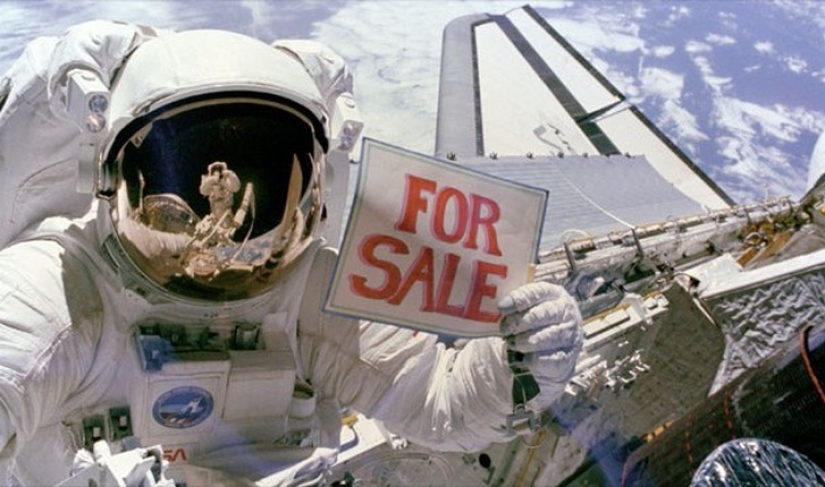
6. The European Union
In John Brunner's book "All Stand on Zanzibar" (1969), you can find a mention of the European Union, which received official registration in 1993.

5. Bionic prosthetics
Martin Kaidin expressed this idea on the pages of his "Cyborg" (1972). 41 years later, in 2013, the first bionic prosthetic leg was created.
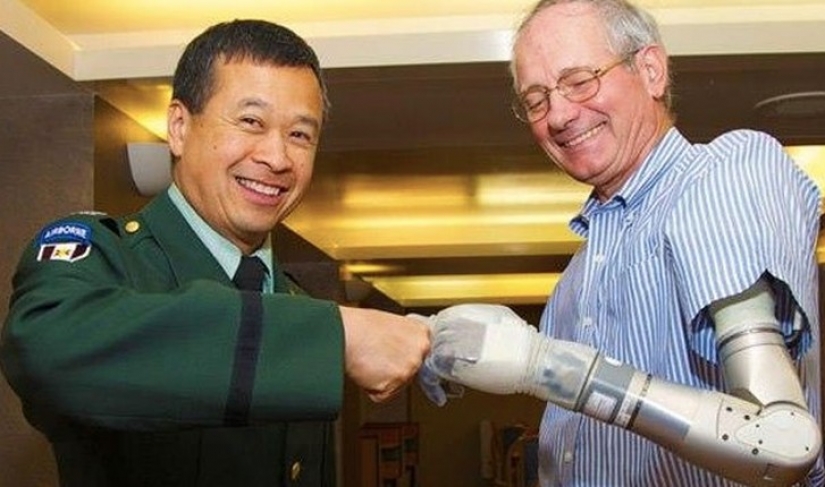
4. Real-time translation
The humorous work of Douglas Adams " The Hitchhiker's Guide to the Galaxy "(1980) features a" Babel fish " that can translate from one language to another in real time. In 2014, Google introduced a real-time translation feature in its application.

3. Worldwide Network
The founder of the cyberpunk genre, William Gibson, predicted the emergence of cyberspace and hacking in the novel "Neuromancer". In the early 90s, the World Wide Web, or simply the Internet, began to cover the Earth with its web, involving more and more PC users in its virtual networks.

2. The best chess player among people will be beaten by a computer until 2000
This is exactly the forecast made by Raymond Kurzweil in the book "The Age of Intelligent Machines", published in 1990, when chess computers were still quite weak and were almost easily beaten by grandmasters. However, only 7 years later, the Deep Blue supercomputer beat Garry Kasparov — the strongest chess player on the planet. Today, chess programs are so strong that the match between a person and a computer has lost all sporting meaning.
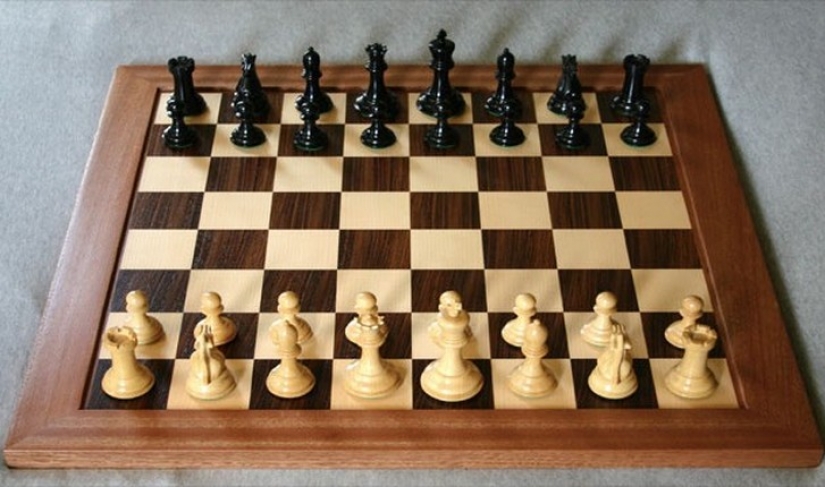
1. The lunar module will be launched in Florida and, returning to Earth, will land in the ocean
104 years before the flight of Apollo 11 to the Moon, this is exactly how everything was described in Jules Verne's novel "From the Earth to the Moon" (1865). According to the same scenario, everything went in reality — a team of American astronauts led by Neil Armstrong landed in a special module and was soon picked up by the aircraft carrier "Hornett".
Keywords: The future | Book | Literature | Writer | Fiction
Post News ArticleRecent articles

Girls from our collection could easily compete for the title of "Miss universe". And this despite the fact that they are all ...

Young Milla Jovovich in the arms of Michael Jackson - this shot from almost thirty years ago, published on the actress’s ...
Related articles

American writer Margaret Mitchell wrote only one novel — "gone with the wind". But it provided the woman's place in the ...

Today cheap romance paperback no one takes seriously. This reading is taken to vacation, to read and to ruthlessly discarded. But ...

The story "One hundred years ahead" for children of secondary school age by the Soviet science fiction writer Kir Bulychev from the ...

From explosions at the slightest collision to endless drifts without a scratch, cinema has long since devised its own laws of ...